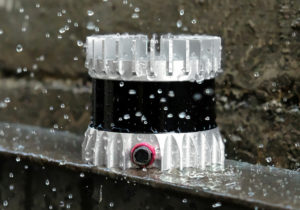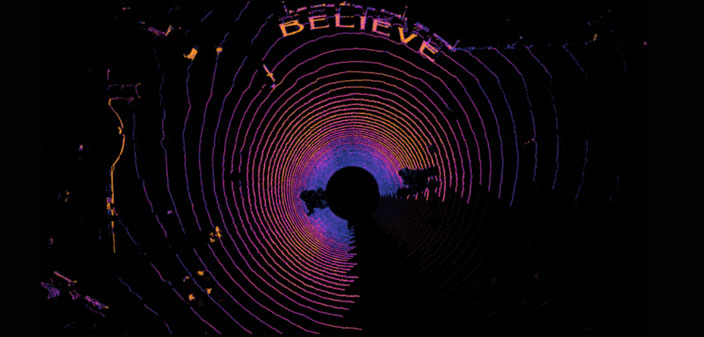Following up on the release of the new line of ultra-wide short-range lidar and the first full solid-state digital lidar sensor, Ouster partnered with CronAI to bridge the gap between complex 3D sensor data perception algorithms and real-world applications. Additionally, the company launched Firmware v2.0 to optimize data processing and boost sensor performance for all sensors.
As a self-optimizing, 3D data, deep learning edge inference perception processing platform, CronAI’s senseEDGE allows machines to learn unknown environments on the edge by enhancing perception for autonomous vehicles, robotics, security, and mapping, enabling innovators to build a safer autonomous future. According to Clement Kong, General Manager, APAC at Ouster, this partnership helps customers to accelerate their projects and unlock the perception capabilities of high-resolution digital lidar.
“We’ve architected our platform to leverage the features of FPGAs supporting sequential, parallel, and mixed workloads at lower precisions,” Tushar Chhabra, co-founder and CEO at CronAI, said.
“That all adds up to improvement in throughput, lower latency, and reduced power consumption. Now innovators can develop solutions using 3D sensors without the performance bottlenecks of traditional GPU compute hardware.”
Apart from helping customers to overcome the traditional software and processing bottlenecks faced when building applications and solutions with 3D sensors, Ouster and CronAI’s partnership also reduces customers’ need to invest R&D dollars, reducing time to market and increasing the efficiency of deployments.
 More recently, Ouster released the 2.0 major firmware update for its sensors, improving their stability, performance, and data processing. For the OS0, OS2, and Gen 2 OS1 sensors, v2.0 improves data rate control, helps conserve battery life, and expands the operating temperature down to -40 °C, through three new features: configurable azimuth window, standby mode, and cold start. The Configurable Azimuth Window feature allows users to define and crop out any unwanted portions of the horizontal field-of-view, reducing overall data rates and simplifying data processing. To optimize the battery life, the Standby Mode decreases its power consumption to only 5W, a 70% reduction compared to that of a fully operating sensor.
More recently, Ouster released the 2.0 major firmware update for its sensors, improving their stability, performance, and data processing. For the OS0, OS2, and Gen 2 OS1 sensors, v2.0 improves data rate control, helps conserve battery life, and expands the operating temperature down to -40 °C, through three new features: configurable azimuth window, standby mode, and cold start. The Configurable Azimuth Window feature allows users to define and crop out any unwanted portions of the horizontal field-of-view, reducing overall data rates and simplifying data processing. To optimize the battery life, the Standby Mode decreases its power consumption to only 5W, a 70% reduction compared to that of a fully operating sensor.
For the Gen 1 sensors, the new update improves their maximum range and reduces data rates by 75% and 50% for the OS1-16 and OS1-32, respectively. “We tested the Gen 1 OS1 sensor with v2.0 on a 10% lambertian target, outdoors under full sun,” Ouster’s firmware team wrote. “The sensor achieves a precision of ±1 cm for ranges up to 30 meters. Beyond 30 meters, precision decays geometrically ±5 cm at approximately 60 meters.”
Additionally, Ouster patched safety-critical bugs that could cause abrupt data loss or data corruption while the sensor is operating. Going forward, Ouster intends to take an iterative and backward compatible approach to all future software and hardware releases.






